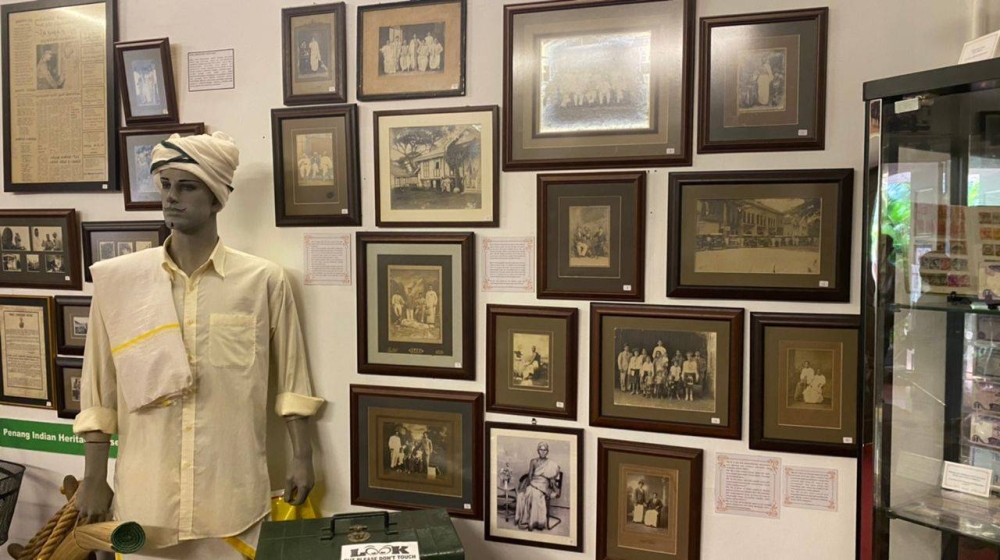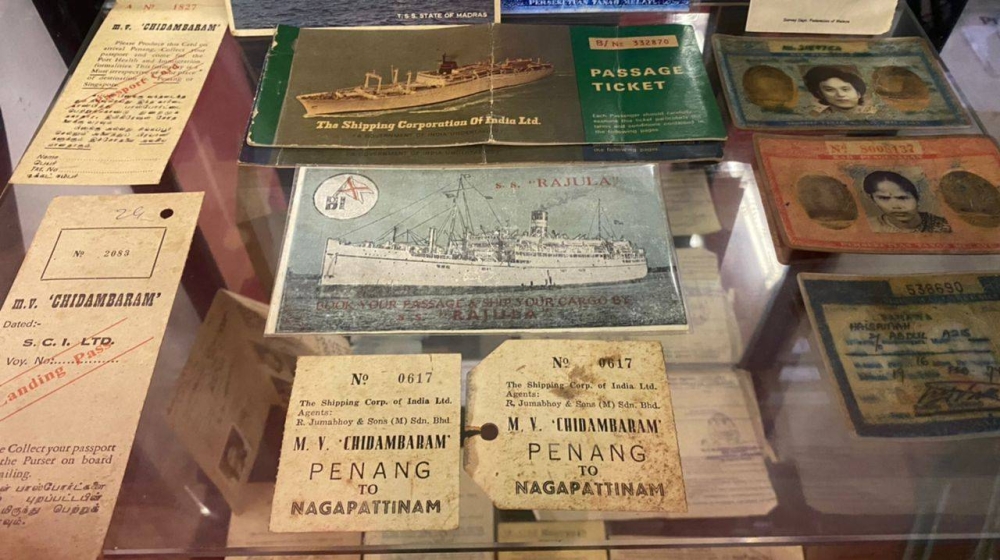PETALING JAYA, June 2 — In 2018, Prakash Jakathesan and his wife embarked on an adventure of sorts.
They took the leap to open a museum.
Since then, the Indian Heritage Museum at Penang’s Hindu Endowment Board on Macalister Road has become a must-visit for history lovers as it features more than 2,000 artefacts that have been preserved since the 1930s.
And even with the Covid-19 pandemic and multiple lockdowns, Prakash and his wife, Punita Mutiah were undeterred although they were unable to actively scour for old artefacts throughout the country as they were mostly based in the island.
They have since reopened the museum after restrictions were eased.
Famous celebrities that have toured the museum since the museum reopened on April 1 include local photographer Zahariz Khuzaimah and squash icon Datuk Nicol Ann David.
Some of the famous collectibles in the museum include old water boilers, antique tiffin carriers, tea stall, a complete set of tools sourced from an old barber shop and photographs.
Prakash told Malay Mail that since the week before Hari Raya, a total of 40 to 100 visitors would throng the museum on weekends.
“Many enjoy going for the guided tours led by my wife and me as most of the artefacts in the museum belong to us.
“Some visitors were also willing to wait till my wife and I finished our existing tours before we could bring the next group. Visitors need to mask up in the museum.
“Many locals and outsiders are just curious to know that there is a museum dedicated to preserve belongings’ of Indian merchants who came from South India or tools used by workers in the rubber estates.”

The couple managed to buy older collectible items from fewer sellers as compared to previous years in the past two years.
“We managed to get some old tiffin carriers and betel-nut boxes from some homes - but that’s about it.
“The collection of artefacts we have in the museum are mostly home tools that were bought through local online traders or artefact collectors through word of mouth or recommendations from other collectors.”
Sharing stories of the past
Prakash added that since the museum had reopened, it has been a space where visitors have shared sentimental and emotional stories of their past.
“A few days ago, an elderly lady who visited us got emotional after seeing pictures of the old SS Rajula ship that was used to transport labourers from India to Malaya.
“She reminisced about how her husband passed away on the ship — and it was a sad and important piece of history in her life.
“Others who came across the rubber tapping tools also got emotional thinking back of their earlier days or just reminiscing how their grandparents used to toil in the estates for a living.
“In a way, the museum has been an important cultural and learning space for visitors.”

Prakash, a history buff, and a former KDU University College lecturer, loves telling stories of his collectibles to visitors as it is important for stories to be passed down from one generation to another while Punita still works and contributes her free time to the initiative.
“If you don’t tell these stories, that would be the end of an important source of family history of family information.
“Displays or artefacts should always be available for younger generations so that they would know about the family history and ask questions about it,” he said.
Free for visitors, the museum is open every week from Thursdays to Sundays.






















